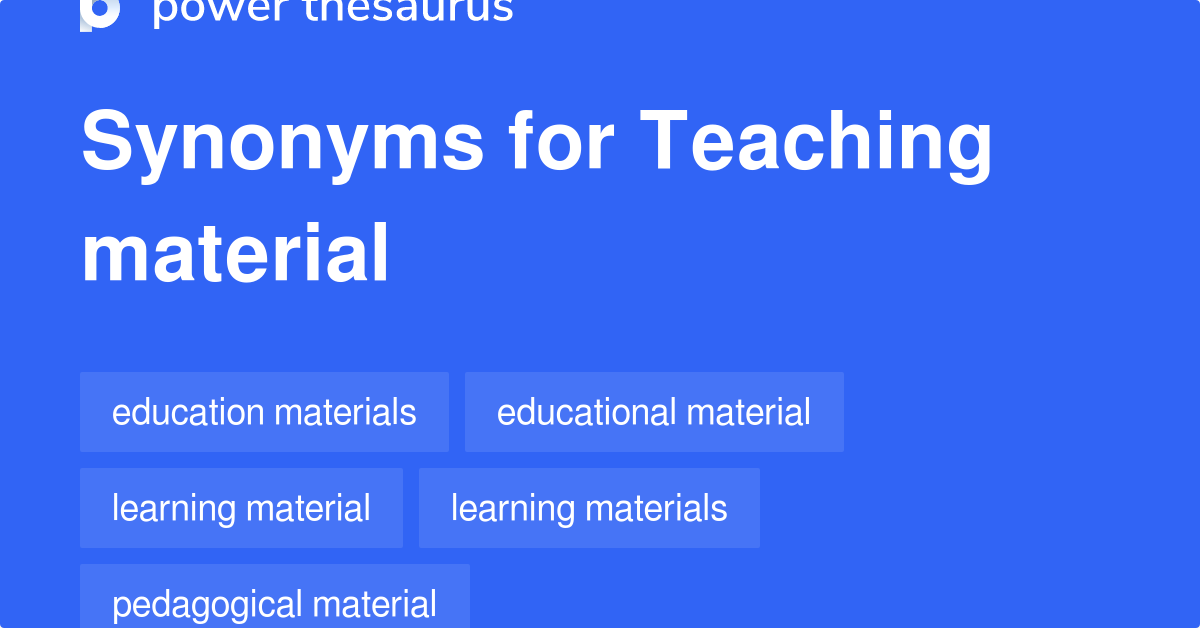Great Facts On Deciding On Italian Nursery Teaching Support
Wiki Article
What Workbooks, Textbooks, And Other Books Are Required For Italian Kindergartens?
Italian kindergartens usually focus on creating a playful learning environment. They rarely employ traditional textbooks. Although books aren't necessary for children's development however, they can foster a love for learning and help develop their language development. Here are some books that could be beneficial for Italian nurseries: Picture Books: Picture books assist children develop their vocabulary and develop their imagination. They also help to inspire a love of reading. They usually feature engaging images and have simple, easy to understand text.
Boardbooks: Boardbooks are heavy, robust books that are intended for youngsters who are still learning how to hold a book. They can be used as a way to expose children to a wide range of topics, such as shapes, animals, and colors.
Nursery rhymes, songs and music: Music and songs are essential for the development of young children. They can increase their vocabulary, memory and social abilities. Italian nursery schools may utilize rhyme and song books in their routine activities.
Children should be taught about diversity at the age of three. Children are able to develop respect, empathy, and understanding through books with characters from diverse backgrounds, cultures and abilities.
Italian languages books. Italian nursery schools use books written in Italian as a way to help children develop their language abilities and learn the Italian language. They could be simple stories or picture books as well as books featuring Italian nursery songs and rhymes.
You should choose books for children that are suitable for their age, culturally relevant, and engaging. Teachers and caregivers are able to make use of books as a way to ignite children's curiosity and encourage them to explore various topics and themes. View the recommended sostegno italiano for more recommendations.

What Maths Teaching Aids, And Educational Materials Are Recommended For Italian Nurseries?
It is possible to assist young children develop their mathematical, spatial, problem-solving, as well as other skills by using math-related educational materials. Here are some examples of materials that are recommended counting manipulatives counting manipulatives like counting bears, blocks, and beads can help children improve their counting skills as well as their fine motor skills as well as hand-eye coordination.
Number cards and charts: Number cards and charts can be used to introduce youngsters to numbers and counting. This can include large colorful numbers that can be hung on walls or smaller cards that kids can hold.
Shape manipulatives. Shape manipulatives such as magnetic tiles or wooden puzzles aid in developing spatial thinking and help children understand the characteristics of different shapes.
Measuring Tools: Measuring tools such as rulers (or measuring tapes), scales (or scales), and measuring tapes are used to aid children in developing their mathematical vocabulary and gain knowledge about measurements and comparisons.
Simple games and puzzles: simple games and puzzles like dominoes and matching games, and jigsaw puzzles can aid children in developing their problem-solving abilities, as well as their attention to detail and concentration.
Technology-based Aids Technology technology-based aids such as tablets with math games, and apps that can be educational, are able to engage and inspire youngsters. They also provide additional aids to help them develop.
It is essential to use these materials in a appropriate manner and to make sure that they're safe and appropriate for children who are just beginning to learn. Teachers and caregivers are able to utilize these tools in order to create engaging, interactive math activities which encourage curiosity and enthusiasm for learning. Have a look at the top rated schede didattiche matematica sostegno for website tips.

What Kinds Of Materials And Resources Are Required In Italian Kindergartens To Teach Science?
In Italian nurseries, science teaching materials can assist children in discovering and discover the world. Here are some examples of teaching materials for science assistance that might be required: Curriculum and lesson plans A well-planned plan of instruction and curriculum that include scientific ideas can to ensure that children are exposed a range of scientific concepts and abilities.
Visual aids and manipulatives: Visual aids like posters, charts and nature specimens and even simple science experiment kits and magnifying lenses can help students learn about the science of it by doing the work themselves.
Books and videos. Books and videos which are based on subjects such as weather, animals, plants, and space, can give children additional information and help them to learn.
Outdoor learning spaces: Gardens and playgrounds, as an example, can be used to provide children with opportunities to discover and explore the natural world.
Parental involvement: Involving the parents in science education could assist in enhancing concepts learned in nursery. This also promotes the involvement of parents and children.
Assessment tools. Teachers and caregivers can make use of these tools to track the progress of their children, and to identify areas of need for additional support.
It is essential that the materials used in teaching science are age-appropriate and suitable for children of all ages. These materials are perfect for teachers and parents to create interactive, engaging science activities which encourage children's love of learning and curiosity. Take a look at the recommended schede didattiche scienze sostegno for more examples.

What Kind Of Geography-Related Teaching Materials Should Be Utilized In The Italian Nursery Schools?
Geography cards are a great method to introduce geography concepts to children. Here are a few types of didactic geography cards to consider including Countries. These cards can assist children in learning about the different continents around the world. They can also teach them their geographic location size, as well as other natural attributes.
Country Cards: These cards help children to learn about the various countries they reside in, their flag, culture and language.
Landmark cards. These cards help children discover the locations of the most famous landmarks around the world and learn their significance.
Animal cards are a wonderful way to teach children about the animals and their habitats, as well as their behaviour and their diet.
Weather cards: Kids can learn about the various types and effects of weather conditions on the environment. This includes natural catastrophes.
Natural resource cards. Natural resource cards are a fantastic opportunity to introduce children to the different types of resources and how to use them like mineral, forest and water.
Choose cards that are engaging, appropriate for ages 0-12 and fun for children of all ages. Teachers and caregivers can to utilize these cards to engage children in exciting, interactive activities in geography. They can help to increase the children's curiosity in learning about diverse cultures and different countries. View the recommended schede didattiche geografia sostegno for site examples.
